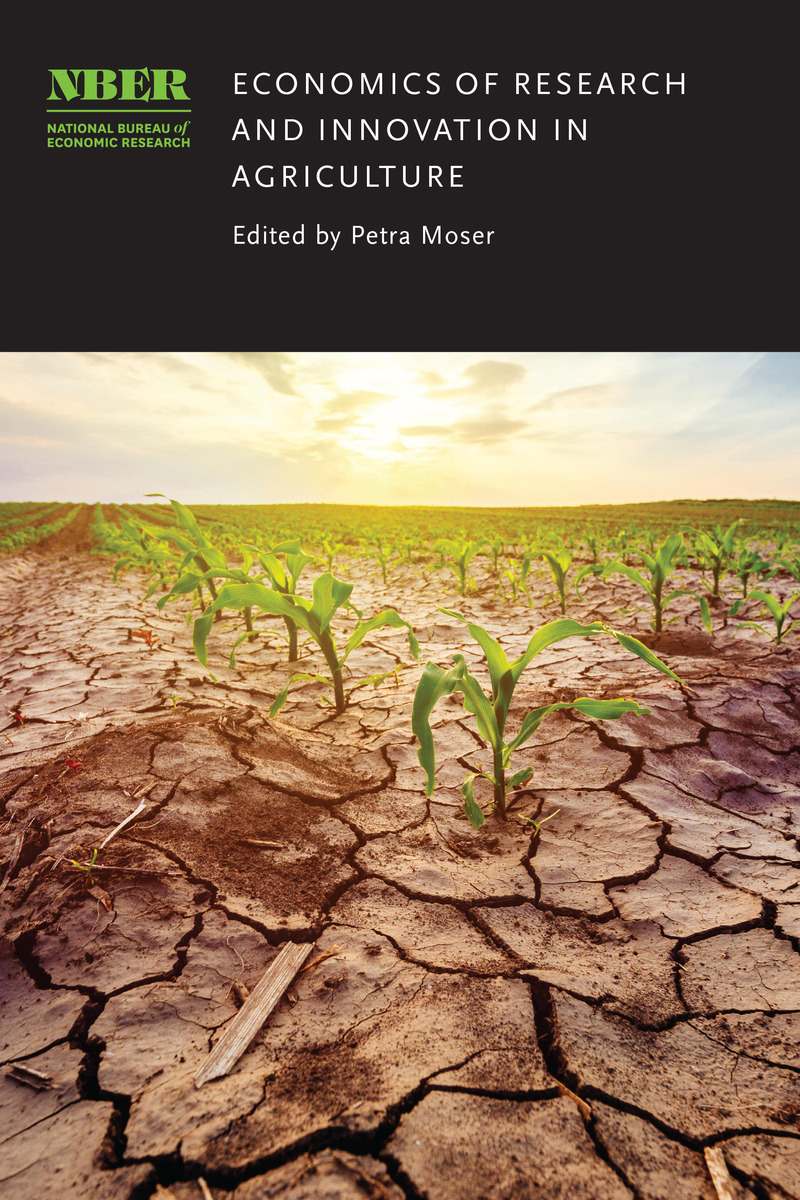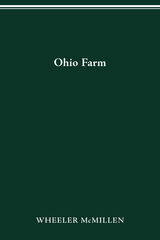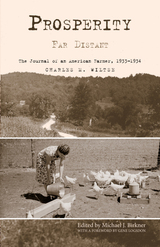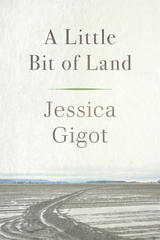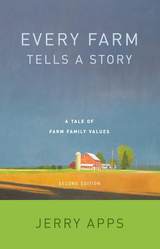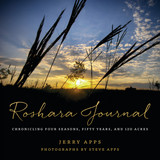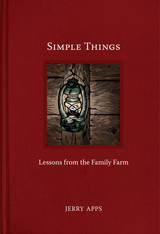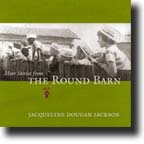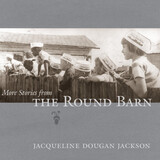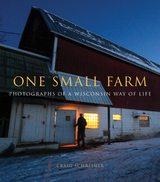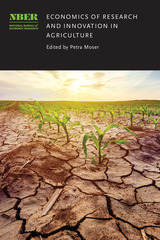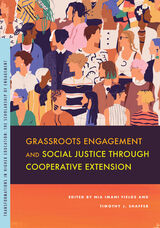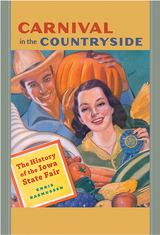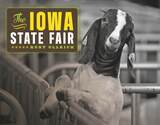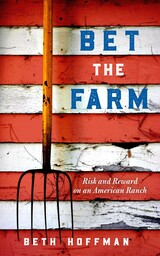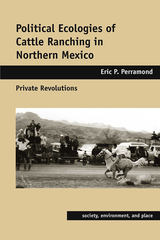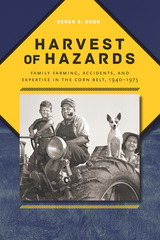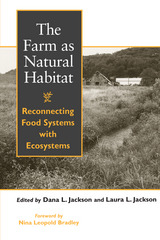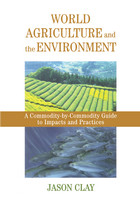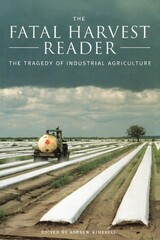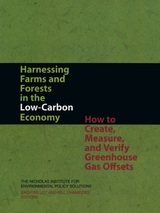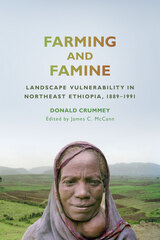Economics of Research and Innovation in Agriculture
University of Chicago Press, 2021
eISBN: 978-0-226-77919-5 | Cloth: 978-0-226-77905-8
Library of Congress Classification S541.E35 2021
Dewey Decimal Classification 338.1072
eISBN: 978-0-226-77919-5 | Cloth: 978-0-226-77905-8
Library of Congress Classification S541.E35 2021
Dewey Decimal Classification 338.1072
ABOUT THIS BOOK | AUTHOR BIOGRAPHY | TOC | REQUEST ACCESSIBLE FILE
ABOUT THIS BOOK
Feeding the world’s growing population is a critical policy challenge for the twenty-first century. With constraints on water, arable land, and other natural resources, agricultural innovation is a promising path to meeting the nutrient needs for future generations. At the same time, potential increases in the variability of the world’s climate may intensify the need for developing new crops that can tolerate extreme weather. Despite the key role for scientific breakthroughs, there is an active discussion on the returns to public and private spending in agricultural R&D, and many of the world’s wealthier countries have scaled back the share of GDP that they devote to agricultural R&D. Dwindling public support leaves universities, which historically have been a major source of agricultural innovation, increasingly dependent on industry funding, with uncertain effects on the nature and direction of agricultural research. All of these factors create an urgent need for systematic empirical evidence on the forces that drive research and innovation in agriculture. This book aims to provide such evidence through economic analyses of the sources of agricultural innovation, the challenges of measuring agricultural productivity, the role of universities and their interactions with industry, and emerging mechanisms that can fund agricultural R&D.
See other books on: Agribusiness | Finance | Innovation | Research & Development | Sustainable Development
See other titles from University of Chicago Press
